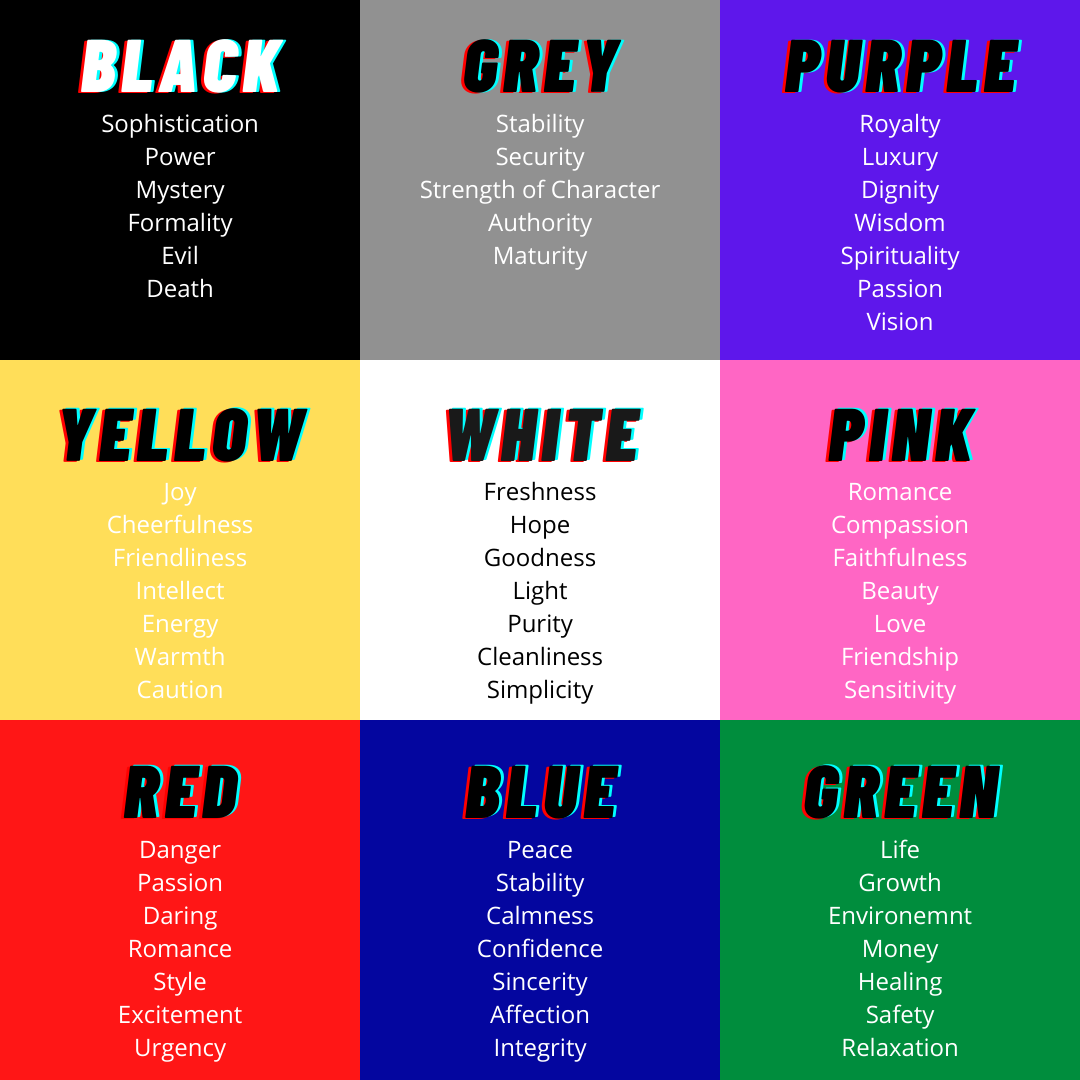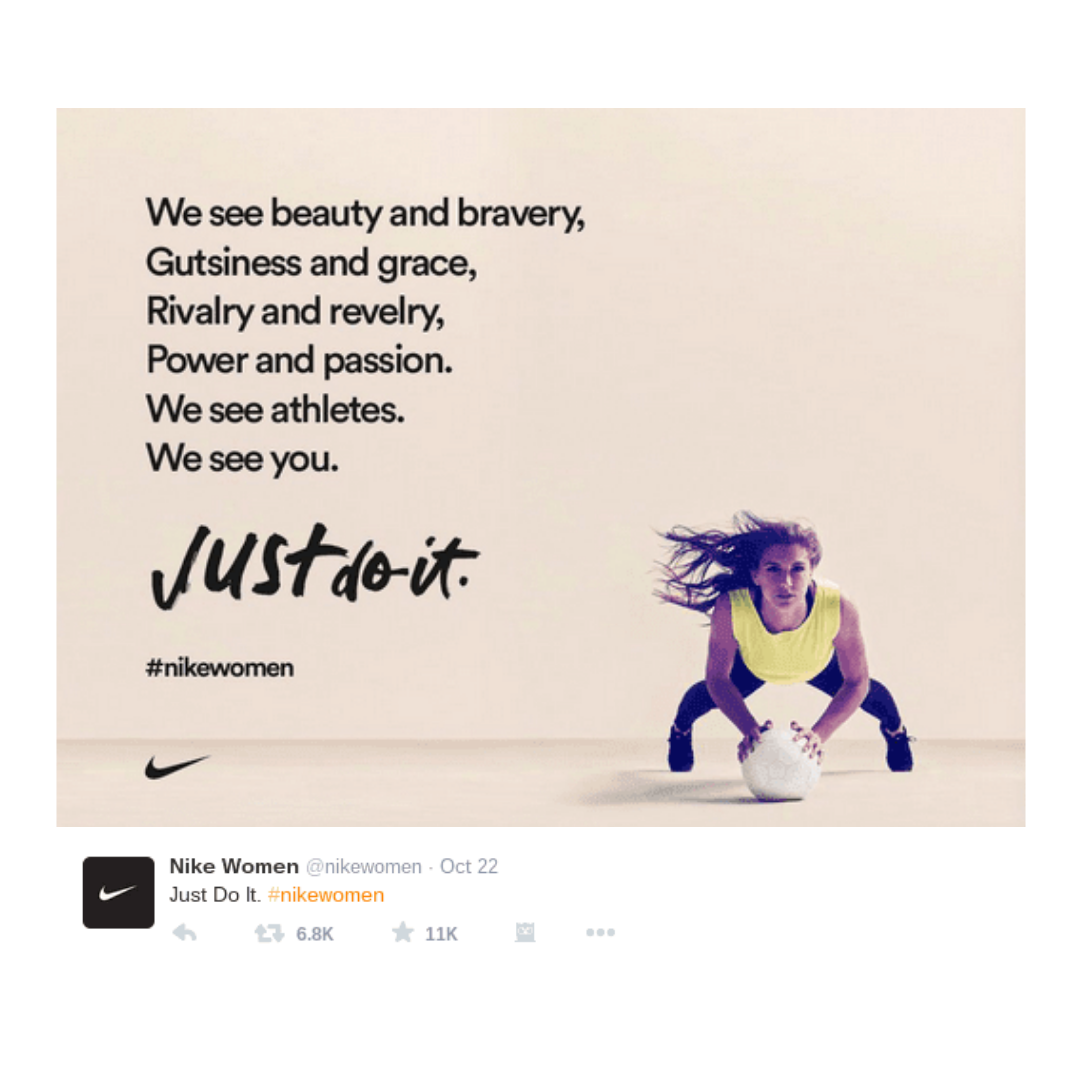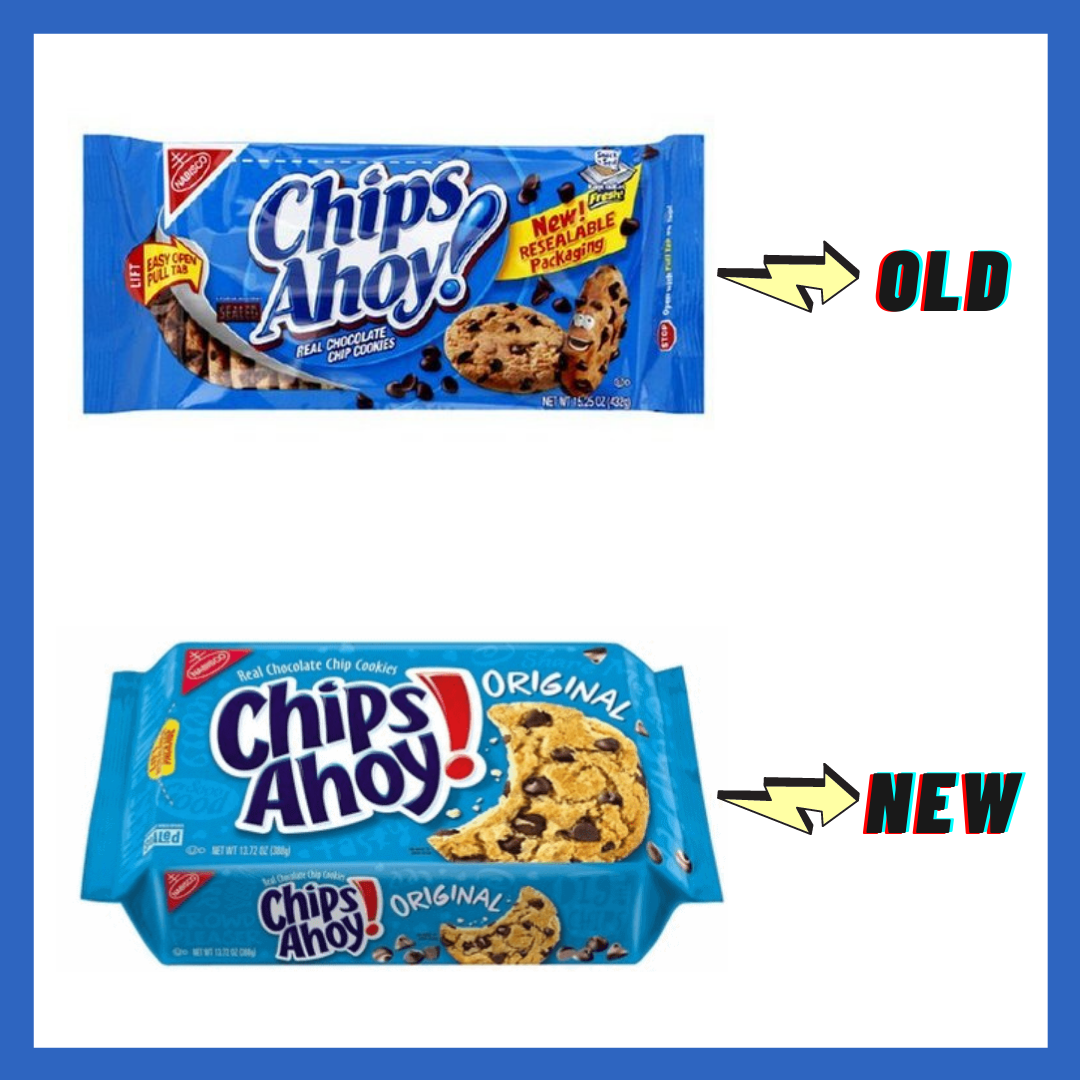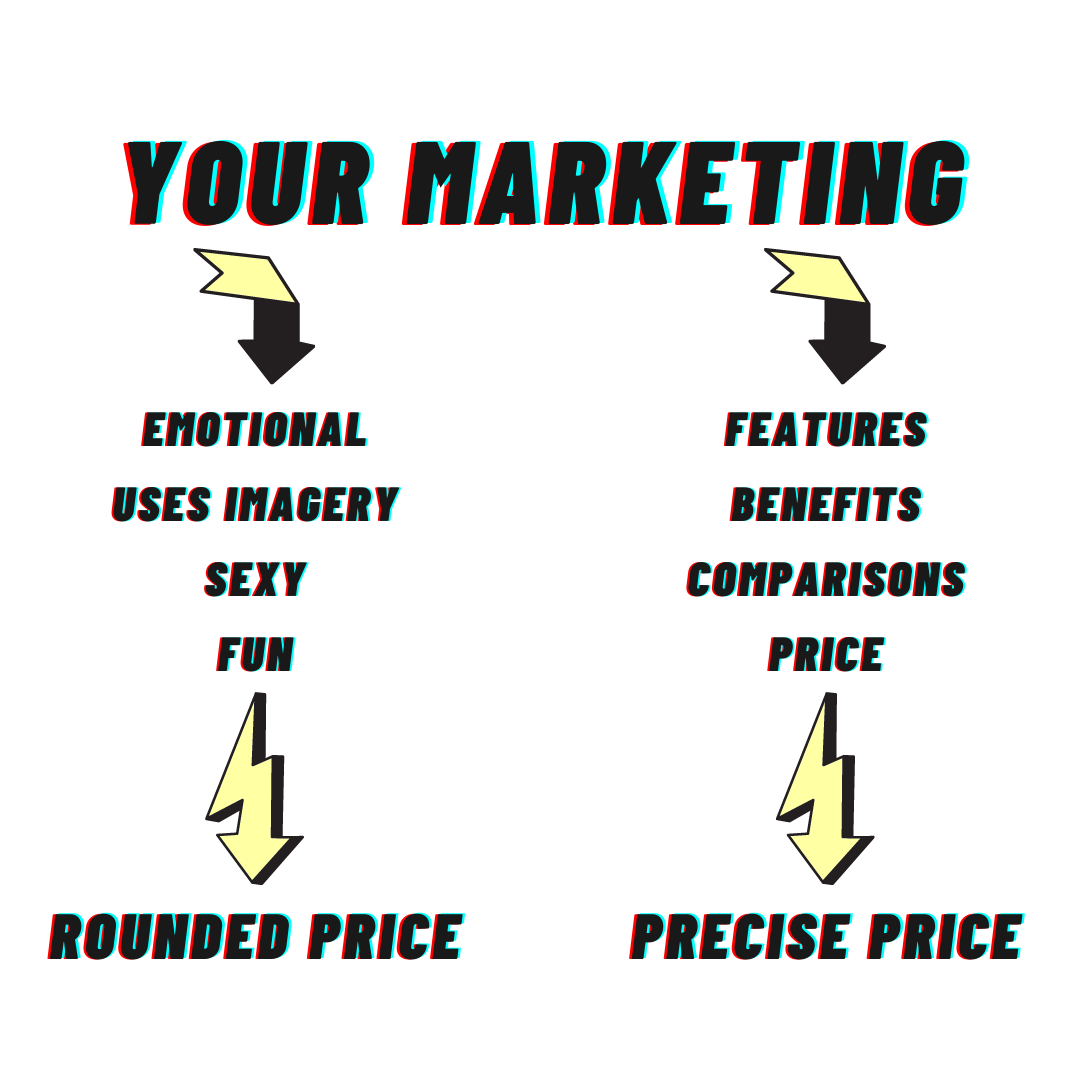Whether it is views, social shares, or ROI, marketers can measure it all. However, there is one key thing that marketers cannot measure yet with basic analytics – emotional resonance. The field of neuromarketing, also known as consumer neuroscience, studies the brain to predict and potentially influence the consumer’s behavior and decision making. In simple terms, neuromarketing is the application of neuroscience to marketing. Brain imaging, scanning, or brain activity measurement technology is used to measure a subject’s response to specific products, packaging, advertising, and other marketing areas. However, the brain responses to the research stimuli might not be able to be consciously perceived by the subject and that is why neuromarketing research is considered more revealing than self-reporting surveys, target groups, and other more “traditional” market research techniques. NoGood provides all these services and more. Check out how we can elevate your marketing as a growth partner.
This blog post covers all the aspects of Neuromarketing; from principles to examples and techniques. For the ease of our readers, we divided it into the following sections:
- What is Neuromarketing?
- Principles of Neuromarketing
- Neuromarketing Techniques Used by Marketers
- 6 Examples of Neuromarketing
What is Neuromarketing?
Before jumping into more technical terms and aspects of neuromarketing, let’s try to understand it more simply. Neuromarketing technology helps marketers make smarter strategic decisions. You might have heard the term many times, “work smarter not harder”. The same applies to the field of Neuromarketing. Traditional marketing research techniques are limited when you want to get a full understanding of the consumer’s preferences. That’s why smarter techniques like neuromarketing are used to get the best idea about their brain’s response to specific stimuli, like the design, color, packaging of a product, the header of an email, or other marketing elements.
Neural manipulation may seem creepy, but consumers are already being influenced by many companies who are already using it in their marketing strategies. Some ways that neuroscience can influence consumer behavior include better segmentation, as consumers could be segmented by brain differences rather than demographics or psychographics. Additionally, another way is sleep nudging, as neuroscientists have learned that consumers are more susceptible to be influenced during sleep windows.
One of the greatest books in neuromarketing is Brainfluence: 100 Ways to Persuade and Convince Consumers with Neuromarketing, by Roger Dooley. He has been studying the effects of psychology, behavioral research, and neuroscience on persuasion and marketing in business, leadership, and everyday life. In his book, he describes multiple tactics to market to consumers using brain and behavior science. In general, the advantages of neuromarketing include that it does not rely on consumers to willingly and accurately report emotions, but instead, it can tie psychological reactions to specific parts of an ad or a message, and provide insight into the brain of the consumer by revealing responses that take place at the subconscious level. Unfortunately, neuromarketing research is extremely costly to actually conduct in terms of both time and cost. The limitations include that experiments are expensive to conduct in a short time, which leads to small samples. Also, as experiments need to be conducted in laboratories, it’s hard to mimic real-life situations as subjects are restricted in body movement. The validity of these experimental results is ambivalent when applied in real-world scenarios.
Understanding the basic principles of neuromarketing can make a stark difference in your marketing communications. Several companies representing a wide range of product offerings and industries are already taking advantage of neuromarketing to conduct market research, run focus groups, and design marketing campaigns such as PepsiCo, eBay, The Weather Channel, and more.
Principles of Neuromarketing
The field of neuromarketing is new and a bit complicated for many people. Neuroscience indeed brings ease to the life of marketers. Before neuromarketing, marketers used to solely depend on market research through traditional methods, such as focus groups, interviews, and field trials to get an idea about the consumers’ interests. Traditionally conducted market research reveals less than what neuromarketing can reveal for your customers, reading their brain activity. Therefore, we can say that neuromarketing technology helps marketers understand how the brain of a specific person reacts to a particular situation using different resources and tactics.
Here are 4 principles of neuromarketing that you can apply to retain your existing customers, as well as to acquire new ones:
1. Scarcity
It is undeniable that if a particular product or service feels like it is scarce or in short supply, people will be more likely to buy it. The reason is that the fear of missing out or losing something can be stronger than the desire to gain something. Savvy marketers, use the concept of scarcity to drive increased demand for their products. Streetwear retailers such as Supreme or Yeezy popularized the concept of the product “drop,” which is when less product than demand is offered for sale causing limited-edition drops to sell out in minutes.
2. The Psychology of Habit
The logic of creating a habit is very simple – it’s all about repetition. It is said that if you want to make yourself prominent on any channel, let people crave your presence by becoming their habit intentionally or unintentionally. The same applies to your business also which is why gamification and subscription services have been all the rage lately. Repetition of these games makes people crave them because these games become their unintentional habit.
3. Understands the Emotions
Almost all of us want to have a person in our life that understands our emotions without expressing them. What if technology does this for us? Nothing can be better than this, right?
The principal objective of neuromarketing is to understand the emotions of people using different techniques as it gets an idea about the way people think about a particular subject. It is a great way to change your marketing campaigns or ads in a way that consumers are going to react the most. Many well-known companies are using the technology of neuromarketing for this purpose and have driven huge success for their companies.
4. Social Proof
As humans, we are social creatures and our behavior, in many instances, is determined by societal norms. A person is more likely to do something if those around him/her do so. In consumer behavior, if several people buy a particular product or service, it works as “social proof” and more people will follow that certain behavior, hence increasing demand for that product or service. As an example, testimonials in marketing are a way to attract consumers as watching how other people benefited from that particular product or service can act as a powerful driving force to follow the same behavior (e.g. purchase).
Neuromarketing Techniques Used by Marketers
There are multiple neuromarketing agencies and companies that use neuroscience concepts to make their business flourish. These successful techniques include fMRI (functional magnetic resonance imaging), EGG (electroencephalogram), eye-tracking (gaze and pupillometry), biometrics, and facial coding.
- fMRI (functional magnetic resonance imaging) detects blood flow in the brain associated with increased neural activity. Marketers use it to help set pricing or improve brand because it reveals detailed emotional response, level of engagement, and recall. Functional MRI is a technique used to get an accurate idea about the consumer’s interests and preferences by reading brain activity.
- EGG (electroencephalogram) records electrical signals on the scalp from neurons inside the brain. Marketers use it to improve ads and branding as it reveals the level of engagement and recall of the consumers.
- Companies that use eye-tracking (gazing) technology use images and videos that detect exactly where subjects direct their gaze. For instance, it is proved that babies tend to attract many people, so making advertisements that include cute baby faces for baby products is a great way to increase the sales of your company. Marketers use eye-tracking technology to improve website design, ads, and packaging as the technology can detect what grabs the attention of the consumer, what confuses them, and speed of recognition. As the name says, this technique is utilized to get an idea about consumer interests by tracking his eyes. It not always requires thorough examination in labs but can also be done in real-time. Modern devices for eye-tracking are very small, and consumers can wear them while moving outside so that the marketers get a detailed idea about his interests.
- Pupillometry measures whether subjects’ pupils are dilated and is used to improve website design, ads, and packaging as it can reveal the level of engagement.
- Biometrics measure skin conductance, heart rate, and respiration. They reveal the level of engagement and whether the consumer’s response is positive or negative, hence, being able to improve the ad content.
- Last but not least, facial coding identifies facial expressions and is used to get a general emotional response e.g. happiness, surprise, fear, sadness, and so on. This can be used to improve ad content.
6 Examples of Neuromarketing
There are some basic concepts in neuromarketing that are very easy to follow that anyone can use to score higher conversion rates. Here are some of the perennially successful examples:
1. Color Psychology
Color psychology states that to grab the attention of a consumer, it is necessary to use the right colors. For instance, the biggest mistake that companies make is to use pink or purple colors for a brand that is selling men’s outfits. Therefore, the choice of the right color matters a lot when you are running a business.

2. Audio Branding
Your branding efforts should not stop at visuals. Audio branding is a powerful way to get customers to remember your business. Ads with a characteristic background voice or the sound of a few attractive lyrics can make people memorize the brand name very fast. Every major brand has an audio logo but the most successful are those that are short, easily memorable. Audio branding is a hack that works together with other branding efforts to create a stable image in clients’ minds about who you are, what you do, and what you stand for.
3. Focus on Senses
Sometimes a product’s surface or packaging feels different in the hands than what the eyes would expect. The main use of sensory branding is to appeal to the consumer’s senses: sight, smell, sound, taste, and touch. Let’s focus on sensory marketing targeted at the olfactory sense. Scent marketing is more than just diffusing a pleasant fragrance in a space. It is the art of taking a company’s brand identity, marketing messages, target audience, and creating a scent that amplifies all these values. A successful example of olfactory marketing is Abercrombie & Fitch. The famous clothing brand was one of the pioneers in using olfactory marketing in their company branding. Abercrombie has its line of scents that add to its collection of woody and intense aromas.
4. Pricing
Price determines a business’s revenue and profit. Neuromarketing research has proved that smart pricing strategies make a big difference. To round or not to round? That is a challenging question. Rounded prices are easy for the brain to process, while odd prices make the brain work harder. Brands and businesses choose whether to use emotion, rational arguments, or a mix of both in their advertising. Based on which path they choose, research suggests that the best approach to pricing is predetermined.
5. The Wrong Font Can Kill You. Literally. Your Sales, Too.
Choosing the right font is another neuromarketing technique. Different fonts serve different purposes. Simple, sans-serif fonts have an immediate impact on the consumer’s brain while complex fonts will make the brain work harder to understand what it says, and to retain the information. Use a simple font when you have a very clear message. Simple fonts work best for instructions and a call to action. On the other hand, complex fonts are visually more attention-seeking than simple fonts and should only be used as a highlight, for important information.

6. Effective Packaging
Neuromarketing applied to packaging can improve the consumer’s experience from aesthetics to function. Big companies like Campbell’s Soup, Frito-Lay, or Chips Ahoy, all leverage neuromarketing to create great product packaging. By using eye-tracking and EEG (electroencephalography) data, companies can locate design elements that are not resonating and appealing to their audience. For example, Nabisco had identified that consumers valued the resealable feature on the Chips Ahoy packing, but after testing it, they discovered that it was eliciting negative emotions to the consumers. They understood that the packaging was difficult to read, and the cookie visual on the front drew boring emotions. As a result, they decided to change the packaging significantly, making it more legible and the cookie image, more dynamic. Minor changes in the packaging can bring huge results.

Conclusion
In conclusion, breaking through the clutter is becoming increasingly difficult, and marketers that understand the most basic roots of human emotion have a critical advantage. The beauty of neuromarketing is its ability to integrate into both inbound and outbound marketing strategies. From tactics like spraying your store with a distinctive fragrance to using baby pictures in advertising, we can see that the brain is subconsciously responding in the same way. For marketers, and if the budget allows, neuromarketing is critical to use to understand better your consumer’s preferences.
If you want to learn more about neuromarketing, these following videos are worth watching:








Like this article full ! Great examples and interesting videos.